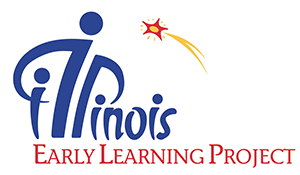It’s a beautiful day to be outdoors with the children. Go ahead—take those young engineers outside! Shelters, fences, pathways, and bridges are interesting to young children and provide many opportunities for preschoolers to study the “built environment”—the structures around them that people have made. Here are some ways for your class to learn about some of the basic ideas of architecture, civil engineering, and construction.
Look around!
- Give children a few minutes to choose buildings or other objects outdoors such as signs, fire hydrants, mailboxes, and lampposts. Ask children to examine them closely, noticing parts, appearance, textures, and patterns.
- Provide magnifiers for close observations. Invite the children to draw what they see.
- Offer binoculars so students can view buildings nearby. Ask them what details they notice.
- Ask, “Do you think this thing was made by people? What makes you think so?” Keep track of their ideas.
Take a longer look!
- Watch roadwork or other construction projects such as building additions or the framing of a new structure. Help the children list the materials and machines the workers use.
- Provide children’s books with pictures of machines such as tractors and backhoes. Help the children use the pictures to correctly identify machines they see in the neighborhood.
- Encourage children to draw or photograph the work in progress.
- Collect construction materials for the children to explore: lumber, metals, concrete, tile, rock, fabric, paint, a variety of fasteners.
Build!
- Invite children to plan and build a sandbox town. Provide child-sized, authentic tools (shovels, buckets, etc.) and pieces of plastic pipe, wood, and other materials. After buildings are created, invite the children to add people and vehicles. Photograph the finished city.
- Help the children experiment with ways to make constructions durable. “How much water does it take to erode this sand castle? What are some ways to protect it?” “What’s more stable, a tall thin tower or a tall wide tower?”
Think about it!
- The most basic questions can engage children: “What are some things that a wall does?” “Do workers start building at the top, the bottom, or in between?” “What if the school had just one window?”
- Invite children to think about construction problems: “Why don’t they build fences of paper instead of wire?” “Why do you think the wheelchair ramp starts where it does?” “How is this swing set put together?”
IEL Resource
- Resource List: Science Exploration for Preschoolers


 PDF
PDF